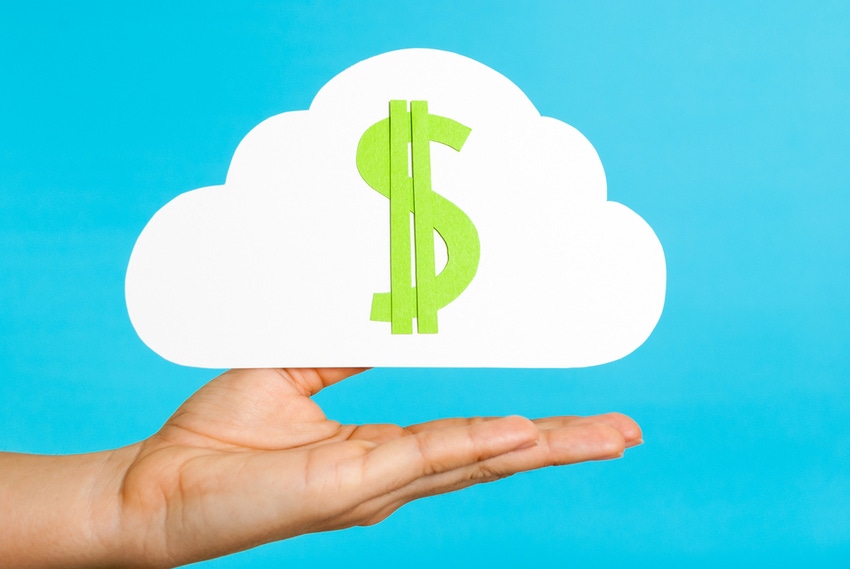Are customers having trouble assessing the application availability required to meet their business needs?
April 10, 2018


Paul Rix

Randall Singh
By Paul Rix, CEO, Zanaris, and Randall Singh, Partner Manager, Microsoft Practice, BCM One
Many customers believe that migrating most services to the cloud will get them to the end of the digital-transformation rainbow. However, instead of a pot of opex gold, many discover a whole new set of challenges in three areas:
Spend: Costs keeps rising and are problematic to forecast or manage.
Optimization: Sustaining peak efficiency is difficult with ever-evolving business drivers.
Automation: Day-to-day administration is a significant effort and demands new skills and tools.
IT consultants, agents and MSPs who can address these three problems can differentiate their services. Here’s the scoop on these cloud realities — and guidance on how you can help your customers take charge.
The Reality: Spend
One of the biggest attractions of cloud computing is that you pay only for what you use. That’s a huge benefit as long as you spin down idle or under-utilized servers. Customers expect to see spikes and contractions based on the variability of business needs. But easy scalability – another key benefit – means that more applications and storage might move into the cloud even when that’s not the best option. This “cloud creep” can result in constant expansion without the offsetting contractions that you or your customers expected, which in extreme cases can lead them to repatriate workloads.
This challenge is compounded when companies can’t easily analyze their cloud costs or determine the financial efficiency of running a given service onsite versus with a cloud provider. Several factors contribute to the problem. First, it’s common for enterprises to lack clarity about exactly which services they need. Paying for unneeded options and foregoing ones that would benefit them can erode the benefits of the cloud. Second, many cloud-service bills are vague, so you as a partner simply don’t get the data you need to understand what’s driving the spikes and dips in costs. It also makes it nearly impossible to accurately allocate the cost of cloud assets to associated departments to manage charge backs.
How can customers explain increasing cloud spend to their CFOs when they don’t understand it themselves?
How to take charge:
Find out what cloud analytics are available to help you determine exactly where the money is going. Analytics will also help you understand customer usage patterns, and how patterns change over time, which will help you control “cloud creep.”
Request a sample invoice: Cloud-services invoices can often be vague and confusing. Ensure that if (or when) there’s a spike in cost, the invoice gives your customer the data they need, in a manner that’s easy to read and comprehend so they can understand exactly where that expense is coming from.
Ask for regular business reviews: A cloud service-provider partner should be willing to conduct reviews quarterly or even monthly to assess usage and spend, and help your customer get the most value from their cloud budget.
The Reality: Cloud Optimization
Getting workloads into the cloud is only the first step. You need to …
… keep them running at peak efficiency. This requires not just ensuring application availability and performance, but also flexibly managing routine system administration, provisioning and capacity allocation. Your customers will also want to proactively optimize applications, workloads and platforms to keep pace with evolving business needs. At the same time, cloud providers are continuously adding and removing features and offerings.
If you and your customers are always playing catch-up on both ends – meeting critical requirements and leveraging best deployment options – your customer is not getting the most from their cloud investment, and you’re spending too much.
And of course, security continues to play a critical role at every level. The risks are widespread and the stakes are sky high. Proactive and comprehensive security management and governance must be an integral part of all ongoing cloud-optimization efforts.
As a trusted adviser, are you confident in your ability to effectively manage so many moving parts on a continual basis?
Signs a customer needs help:
They think there may be “waste” in their cloud systems, but they don’t have the data or manpower to track it down.
They are struggling with platform management, performance optimization, cost optimization and capacity allocation on a day-to-day basis.
The customer is not getting the agility they expected when they moved to the cloud even as expenses are running much higher than expected.
For partners looking for an optimization solution, here are some things to consider as you evaluate your options:
Is the solution tied to any specific cloud vendor or is it platform- and solution-agnostic?
Does the supplier have expertise across the platforms, tools and applications your organization uses?
Can the supplier demonstrate a needs-driven optimization and resource allocation approach?
Are security and governance an integral part of operations or do they seem bolted on?
How deep is the supplier’s bench of technology experts?
The Reality: Daily Process and Deployment Management
When organizations move to the cloud, they outsource physical infrastructure, so it should require far fewer resources to manage things, right? Unfortunately, that’s not always the case. They aren’t maintaining hardware, but they or you as a partner must still manage provisioning, deployment and orchestration. That doesn’t just require significant effort, it also means a shift from an infrastructure-centric mindset to an application-centric approach. Even if you or your customer can hire to meet these needs today, what about tomorrow? If their ability to grow and expand is highly dependent on people, they could end up forfeiting one of the main benefits of the cloud: scalability.
You need to ask your customers some probing questions: How does your team handle the day-to-day administration of applications, and scale as the business requires? Do you feel like you have …
… repeatable and scalable approaches? Do you have the right resources to get the job done?
How to help your customers take charge:
Applying technology for automation – building repeatable processes that are faster, more efficient and scalable – frees expert cloud staff resources from day-to-day administration and tooling to focus on value-add support for the organization. It also provides an increased level of agility to respond more quickly to evolving business requirements.
Key areas for automation include:
Storage provisioning
Application deployment
Application performance
Security and operating system administration
Capacity planning
Automation requires highly skilled coders who are proficient with the development tools used to write and maintain the automation code. But the good news is that, just as you helped your customer outsource infrastructure by moving to the cloud, you can also help them outsource process and performance automation.
There’s no doubt that the cloud can deliver very real benefits. It’s not quite as easy just moving infrastructure to the cloud and calling it a day, but with a realistic view of life in the cloud, a little planning and the right help, customers can achieve the cost savings, performance and scalability benefits they were looking for. This will help you create a much more positive experience for your customers and will enhance your position as a trusted adviser.
Paul Rix is the founder and CEO of Zanaris, a managed services company. Personal experience in creating, building and selling startup tech companies taught Rix how factors such as culture, leadership vision and scalability can determine the course of a company. Zanaris was born from Rix’s passion for technology and his desire to help others achieve their business goals. The company has become a disruptive managed services provider, helping with hybrid cloud management, optimization and DevOps automation, and marked by Rix’s technology-agnostic approach to each client.
Randall Singh is partner manager, Microsoft practice, BCM One. Founded in New York City in 1992, businesses regard BCM One as their trusted technology solutions partner, integrating and supporting their critical business infrastructure and applications. Through strategic partnerships with over 50 leading technology suppliers, plus our own solutions, BCM One recommends only the best technologies to develop a customized solution.
Read more about:
AgentsYou May Also Like
